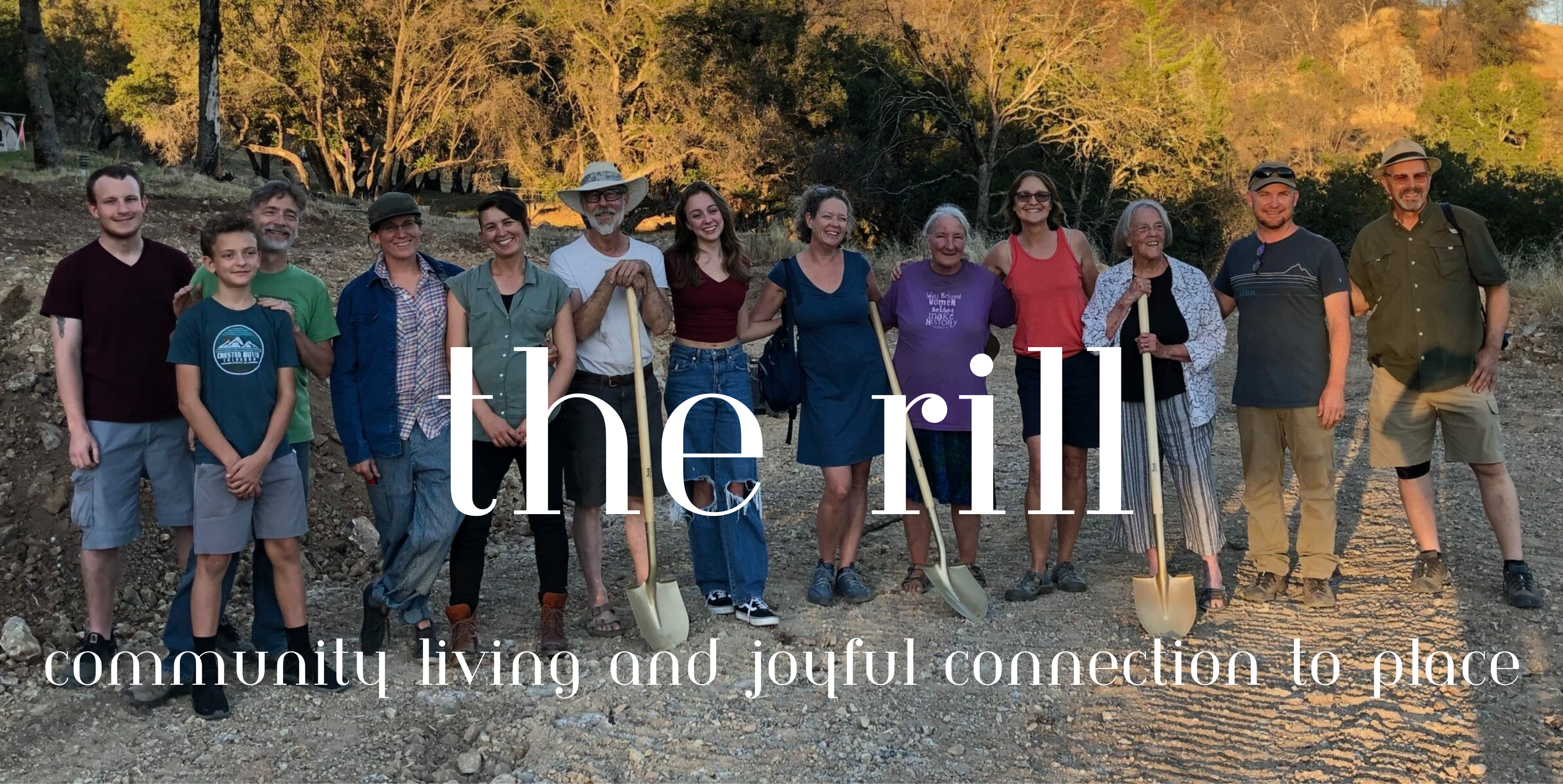Many hands are tending this land In the past few months, the Rill has been blessed with so many caring hands, tending to the land as we recover from the 2020 Glass Fire and nurture a more climate-resilient and wildfire-resilient…
Two years after the fire – we are rebuilding!
Two years after the fire – we are rebuilding! Our blog has been pretty quiet these past months, but that does not mean we have not been busy. We have been deep in the process of finalizing our permit submittals…
Spring Oak Blitz
Help us Regenerate Oak Woodlands at Monan’s Rill Connect, Collect, and Protect at our Spring Oak Blitz – May 7, 10am-2pm What makes an oak ecosystem healthy? How can we heal from centuries of fire suppression and regenerate healthy forests? In this…
The Promise of Oak Restoration
The Promise of Oak Restoration One of the hardest things about this fire has been its impact on the trees. Yes, those of us who lost homes are grieving our homes, in our different ways. But we all share in…
